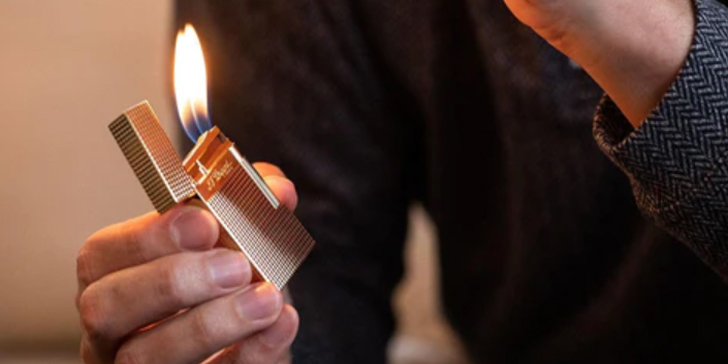Ever wondered what makes a lighter tick? Not just any lighter—specifically, the Karl Wieden Lighter, a marvel of design and engineering that’s been lighting up lives for generations. Today, we’re diving deep into the smoky, spark-filled world of this iconic device. Buckle up—because understanding how the Karl Wieden Lighter works isn’t just about fire; it’s about innovation, chemistry, and a bit of old-school craftsmanship.
The Spark of Genius: What Is the Karl Wieden Lighter?
First things first—what exactly is this lighter? Named after its inventor, Karl Wieden, this device is more than just a simple flame generator. It’s a compact, reliable tool designed to produce a consistent flame, whether for lighting cigars, candles, or campfires. Its design combines practicality with a touch of vintage charm, making it a favorite among collectors and everyday users alike.
Inside the Box: The Core Components
To truly appreciate how the Karl Wieden Lighter works, we need to peek inside. Think of it as a tiny, intricate machine with a few key parts:
- Fuel Reservoir: Holds the flammable liquid—usually lighter fluid or butane.
- Ignition Mechanism: The heart of the spark—often a flint wheel or piezoelectric crystal.
- Nozzle or Burner: The outlet where the flame appears.
- Adjuster: Controls the size of the flame.
Each part plays a vital role in transforming stored fuel into a reliable, controllable flame.
The Fuel: The Foundation of Fire
The magic begins with fuel. In many classic Karl Wieden Lighters, lighter fluid—typically naphtha—is stored in a sealed chamber. When you activate the device, this liquid is drawn up through tiny channels by capillary action or a pump mechanism, ready to be ignited.
For modern versions, butane might be used—stored under pressure, ready to be released when needed. Regardless of the fuel type, the goal is the same: deliver a steady stream of flammable vapor to the ignition point.
Ignition: Creating the Spark
Here’s where the real fireworks happen. The ignition mechanism is the star of the show. Traditional Karl Wieden Lighters often employ a flint wheel—a small, serrated wheel that, when spun, strikes against a piece of flint, creating a shower of sparks.
Imagine flicking a wheel with your thumb—each rotation generates enough friction to produce a tiny, hot spark. This spark ignites the vaporized fuel, transforming it into a visible, dancing flame.
In some models, piezoelectric crystals replace the flint wheel. When pressed, these crystals generate a high-voltage electrical spark without any moving parts. It’s a modern twist on a classic design—impressive and reliable.
The Flame: From Vapor to Light
Once ignited, the vaporized fuel escapes through the nozzle, mixing with air. The spark ignites this mixture, creating a controlled flame. The size of the flame can usually be adjusted with a small wheel or screw—allowing you to turn a tiny flicker into a roaring blaze or a gentle glow.
The flame itself is a delicate balance—hot enough to serve its purpose but contained enough to prevent accidents. That’s the beauty of the Karl Wieden Lighter: simplicity meets precision.
Safety and Efficiency: The Finishing Touches
Modern Karl Wieden Lighters incorporate safety features—like a lock mechanism to prevent accidental ignition and a fuel level window. They’re designed to be both user-friendly and dependable, ensuring your flame is always ready when you need it.
Why Does It Still Fascinate?
In a world dominated by electronic devices and disposable gadgets, the Karl Wieden Lighter stands out as a testament to human ingenuity. It’s a blend of physics, chemistry, and craftsmanship—an elegant solution to a simple need: reliable fire.
So, next time you flick open a lighter, think about the complex dance of components and reactions happening in that tiny device. Because behind every spark lies a story of innovation—one that Karl Wieden helped write.
In conclusion: The Karl Wieden Lighter works by carefully storing fuel, creating a spark through a flint wheel or piezoelectric crystal, and controlling the resulting flame. It’s a fascinating interplay of mechanics and chemistry—proof that even the simplest tools can be marvels of engineering.
Light up your curiosity—and maybe your next cigarette or candle—knowing the science behind the flame.







